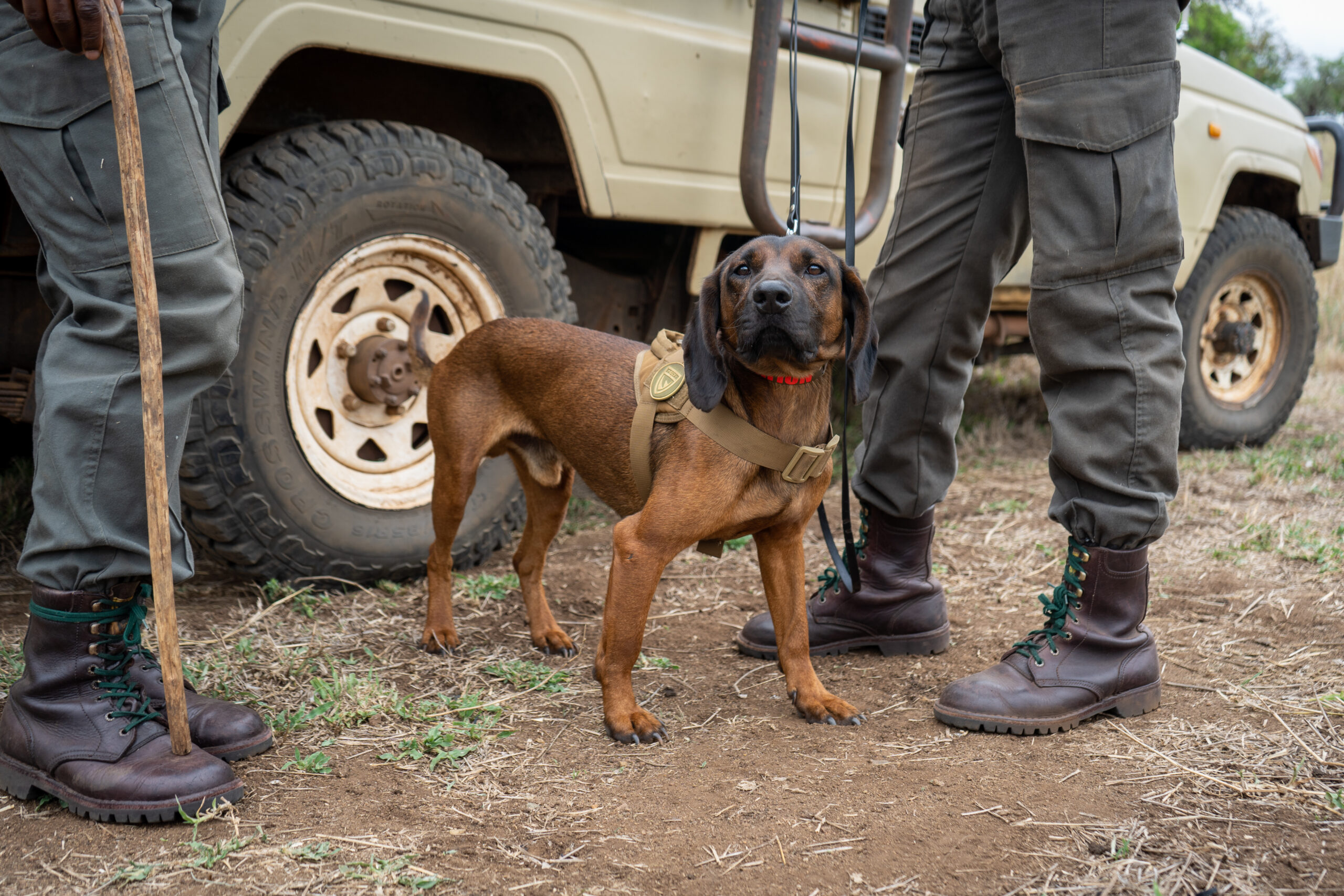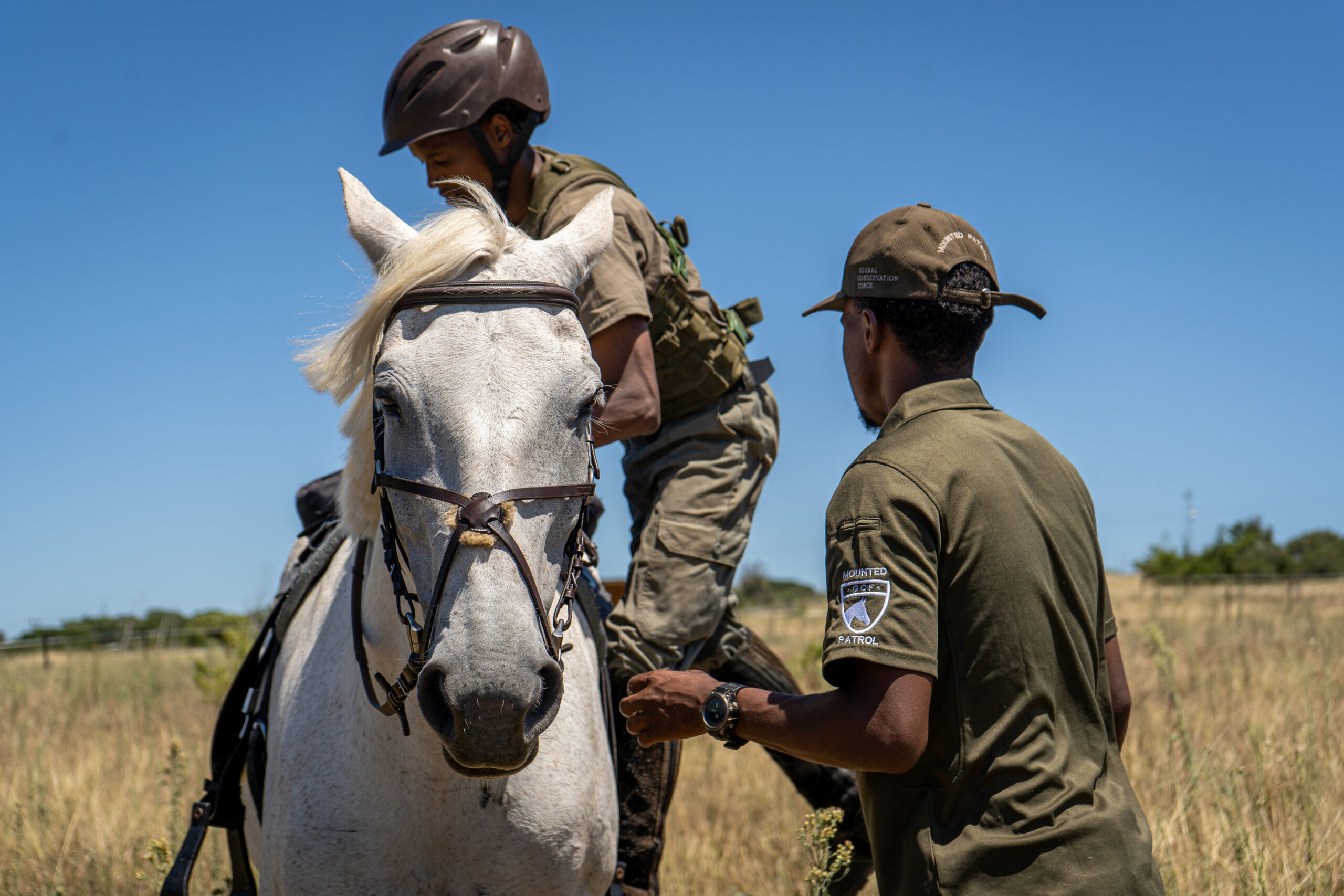World Pangolin Day 2017
Rhinos. Elephants. Giraffe. The largest animals of Africa and unfortunately some of the most poached species. However, if you added the total number of all those animals poached each year, it still wouldn’t add up to the number of pangolin killed each year. Many of you reading this may not even know what a pangolin is – let alone know that it is the number one most illegally poached and trafficked mammal in the world. Why is this only now being brought to light and how is it that these animals are being removed from the wild at these alarming rates right under our noses?
Until recently, the pangolin was a relatively unknown and unstudied member of the mammalian class. This “scaly anteater”, as they are often called, looks somewhat like a pinecone with legs. I prefer to call them “artichoke puppies” and they desperately need our help. Each of the eight species of pangolin are classified as either Threatened or Endangered with rapidly declining populations. In many cultures, eating pangolin is a delicacy reserved only for the elite and wealthy; they have even been found in restaurants in the United States. Pangolins are also suffering due to the all-too-familiar false beliefs in the “medicinal” value of their scales, similar to rhino horn. Each pangolin is covered from head to toe in overlapping keratin scales, an armor that is reminiscent of a pinecone. While this is their best defense mechanism from wild predators, it is the most desired prize of poachers.
Pangolins are one of the most innocent creatures on Earth. Rather than fighting off a predator they will “roll into a ball and hope for the best”, making them an easy catch for a poacher. Pangolins range in size from about 12 inches long and 2 kilograms to nearly 6 feet long and 33 kilograms. Of the eight species, four are found in Africa and one of these, the Ground Pangolin, is protected under the watchful eyes of our friends at ProTrack.
All pangolin species survive on a diet of strictly insects; ants and termites being the preferred meal. They have a remarkable digestive system very similar to that of the anteaters of South America and a very long, sticky tongue for bug-catching. Pangolin use large, curved claws on their front feet to tear open termite mounds, ant nests, and rotting logs to forage for food both on the ground and in trees. The African Tree Pangolin is particularly skilled for an arboreal life equipped with a long and strong prehensile tail to aid his claws for climbing trees.
With a tongue up to 16 inches long, a body covered in keratin armor, and large claws for climbing and digging, it seems hard to believe that the pangolin is not related to anteaters, armadillos, or sloths. In fact, up until 2013 it was believed that pangolin did share a common ancestor with those animals. However, after genome mapping was done on pangolins it was determined that they are most closely related to today’s carnivores! However, this relationship is a very distant one, with the two groups diverging over million of years of evolution from a common ancestor.
Today, February 18th, 2017, marks the sixth annual World Pangolin Day and the perfect time to announce the fourth beer of our conservation series!
Pacific Plate Brewing will once again partner with us to bring the newest beer to you this summer, benefitting the pangolin! As with our other conservation series beers, you can enjoy a new delicious brew knowing that proceeds will benefit conservation and anti-poaching efforts. The Pangolin Pilsner will be available June 2017 – with release party details to come soon.
Author:
Lauren Ayres
Zookeeper
GCF Events Committee Member
CONNECT
- P.O. Box 956 Oceanside, CA 92049
- info@globalconservationforce.com
- EIN 474499248
- Copyright 2024. All Rights Reserved. Powered by Wild Media.






